Equine Nutrition
-
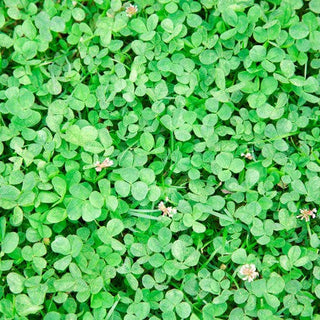
Feeding Clover to Horses: Slobber, Clover Toxicity, and Horse Health
Get insights into the benefits and potential risks of feeding clover to horses. Learn about the nutritional values of red and white clover, recognize the signs of clover toxicity, and...
-
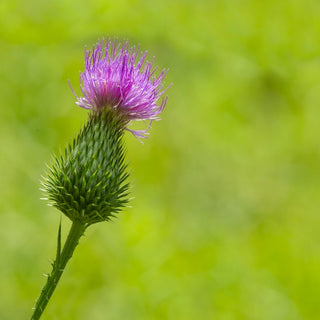
Feeding Milk Thistle Supplements to Horses
Feeding Milk Thistle Supplements to Horses Milk thistle, scientifically known as Silybum Marianum, is gaining popularity among horse owners. It's often touted for its potential benefits to liver health and...
-
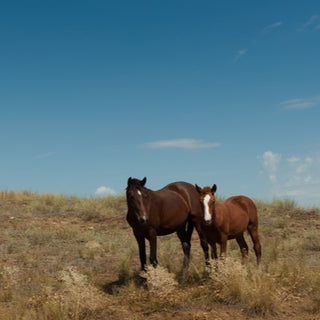
How to Feed a Mustang Horse
This blog post is dedicated to the unique dietary needs of the celebrated wild horse, the mustang. The post delivers a deep understanding of the mustang's specific nutritional requirements written...
-
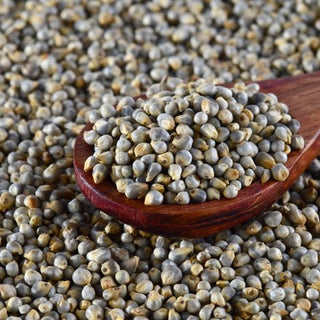
Feeding Pearl Millet to Horses
We discuss the use of pearl millet in your horse's diet, its nutritional value, considerations for feeding, and guidelines to ensure a balanced diet for your equine companion's optimal health....
-

Starch and Fat Levels in Horse Feed: What Fat, Sugar and Starch Content Should be in an Equine Diet?
Explore our blog post to understand the importance of balancing starch, sugar, and carbohydrate levels in a horse's diet. Learn how to select the right horse feed to ensure your...
-
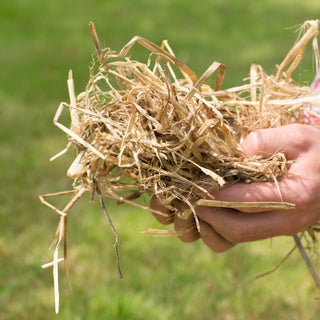
Is it Safe for Horses to Eat Straw Bedding?
Explore the reasons why horses might eat their straw bedding and why feeding straw is not only perfectly safe, but even desirable for certain horses.
-
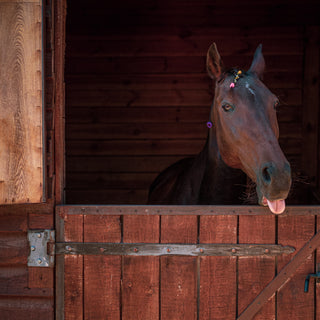
Feeding Horses Hay and Grain Before Riding & Why You Should Feed Your Horse Before Rides
We discuss feeding your horse hay and grain before riding. Learn why it's essential to avoid an empty stomach, how to balance forage and grain intake, how feeding prior to...
-

Protein Requirements in Horse Diets | Equine Nutrition
Protein Requirements in Horse Diets Protein is a vital nutrient in a horse’s diet, playing a key role in growth, muscle maintenance, and overall health. The amount of protein a...
-
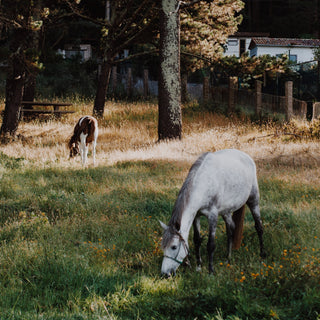
Equine Microbiome: Why Gut Microbiome is So Important and How Equine Nutrition Can Support the Intestinal Biome
We examine the equine microbiome, the importance of microbial balance in a horse's hindgut, the critical role of prebiotics and probiotics, and the significance of feeding sufficient fiber for optimal...
-
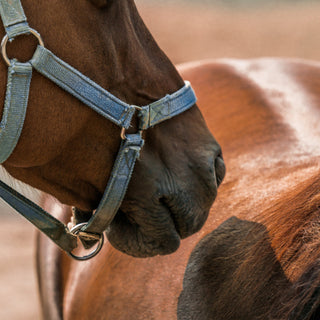
First Cut vs Second Cut Hay for Horses
We discuss the differences between first, second, and third cut hay, and how to choose the best hay for your horse's nutritional needs. We explain how the nutritional value and...
-
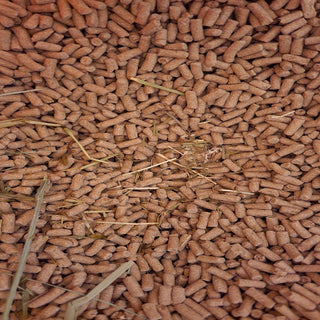
Feeding Horses Grain Once Per Day: The 5 Pound Rule Explained
You should never feed your horse large amounts of grain at any one feeding. Horses are primarily fiber digesters and as such, they should have a diet primarily based on...
-
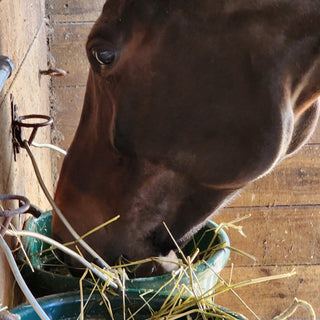
Watering Horses: Everything You Need to Know
In this blog, we will discuss everything you need to know about watering your horse including water consumption basics, the amount of water your equine needs, where to place a...












